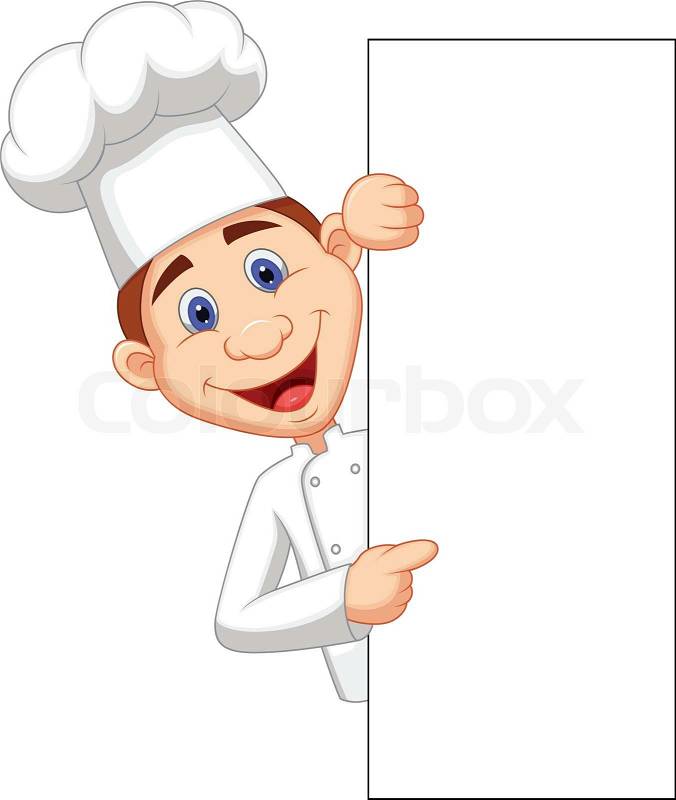This writing activity is based upon encouraging the children to use the language they already have learnt and to create their own poems about Autumn
The poems need to sound like an"Autumn walk"
It's an activity that all stages of learners can do as it relies upon recall and use of language they already know.
All you need are six leaf shapes.
The children should work in groups of four or with more advanced learners in pairs.
No poem will be the same in the class!
You will need:
Each group needs six leaves- numbered 1- 6 .
Each leaf shape has a number on it.
Each leaf shape has an instruction written on the reverse side.
Writing a poem game- leaf style!
- Spread out the six leaf shapes number side up
- Roll the dice!
- Select the leaf with the number on that is shown on the dice.
- Turn the leaf over and create the line of the poem, according to the instruction on the reverse of the leaf shape.
- Once the line is written, the leaf must be placed back on the table number side up and can be selected again if that number is the one that appears when the dice is rolled.
- Each team or pair's poem will have atleast six lines as each numbered leaf must be used atleast once.
- You could make this a time trial too - where the first pair or group to use up each of the numbered leaf shapes and completes their written poem are the winners.
What's on the reverse of the leaves as instructions?
Well there are prompts on the reverse of the leaves:
1= nouns we know
2= adjectives we know
3 = a sequence of numbers we know
4= a sequence of colours we know
5 = instructions or commands we know
6 =an opinion word or phrase we know.
Let the children be creative.remind them that their poems need to sound like autumn walks- crisp, crunchy,snappy ,swirly etc
Can the children use their target language nowledge, repeat key words etc in the lines of their poems to create the atmospheric feeling of an Autumn walk
e.g.in its simplest form.................
Chien, chien , oiseau!
Grand,petit,gros!
Trois, six, neuf
Noir,marron, orange!
Ecoutez! Regardez! Marchez!
Excellent, excellent,excellent!
A bit of performance and a bit of technology!
And of course if you know me well , then I would want to encourage the choldren to perform their poems and even record their poems as speaking leaves using an APP or a QR!






